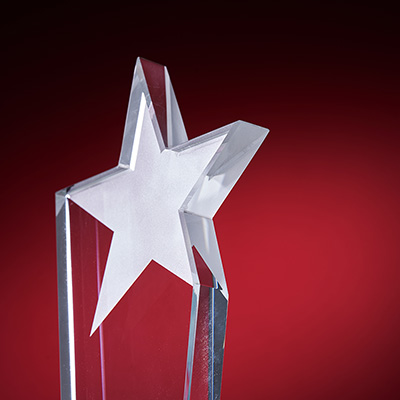Why Best Fleets?
Published on September 26, 2023
Should you participate in the Best Fleets to Drive For program? What will you get out of it? Is it worth it? To get at these answers, we asked some Best Fleets veterans why they got started with the program, why they keep doing it, and for some advice for those thinking of participating. They included:
Tom Pirnie, Deen Albert, Jim Pirnie
Grand Island Express
Best Fleets Hall of Fame, 12-time Best Fleet
Andrew Winkler
Chief Express
The only person to win Best Overall Small Fleet at two different companies
Scott Manthey
Peninsula Truck Lines
The only person to bring 3 different companies into the Best Fleets Top 20
In our discussion, they shared some thoughts on getting involved with the program and how it helped give them vital insights into how their businesses were running.
Goal vs effectBeing recognized by your peers—whether it's up on stage with an award or in the media—is an amazing feeling. There's a sense of pride and accomplishment that is well deserved. And some fleets that join the program have that as their goal—they just want to win. But as Winkler notes, something funny happens along the way: "The recognition is fantastic, and everybody is proud of that, but it was actually the process you go through—you learn so much about yourself and the company as you do it."
If you decide you want to run in a 3-mile race because you want to win it, you'll need to train for it—eating right, improving your cardio and so on. What you'll find is that the process of getting ready for the race also results in you getting fitter. Your goal may have been to come in first place, but the effect of having that goal (whether you won or not) made you healthier. And what Winkler found was that getting ready for the competition forced him to look hard at what his company was doing, and think hard about how they could be successful.
But running that race will also give you a reality check when some of the other runners blow past you. Jim Pirnie says that because everyone is embedded in their own company, they don't always have a perspective on how they are doing compared to others—but being measured against your peers "opens your eyes pretty quick." So when the results book comes out, these Best Fleets veterans start analyzing not only how they did, but also where they can improve—who scored better than us and why, and what can we do to get better? And one of the things that makes that process easier is that the results book is basically a playbook for what to do next.
It's a playbookAt Grand Island Express, projects directly inspired by the Best Fleets evaluation are added to their weekly meetings on a regular basis. Tom Pirnie says, "How we compare to other fleets gives us a project list." Companies might start to think about how their communication processes with drivers compare to other companies. Or what about a driver mentor program? Should they change their pet policy?
And it isn't just the results book—the collection of driver feedback surveys, as Manthey points out, gives you a roadmap for where you need to improve.
Because such a big part of being a Best Fleet is about how you communicate with your drivers, running the playbook has another interesting effect—it changes the culture of the company. Winkler says that the real change comes when you stop clinging to the policy book: "Stop worrying about what the policy says and start thinking about what the right thing to do is for the driver—you'll come up with the right answer." As an example, he asks us to imagine you have a policy that pays layover time after 24 hours, but you have a driver who has been stuck somewhere for 23. There are companies that will hold fast to the policy, but the actual right answer is to pay the driver—"he did everything right and the delay was not his fault, so why wouldn't you?"
Manthey agrees: "You need an environment where what you do comes from wanting to do what's right—to be successful you can't be clinical."
Right reasonsThere are tangible benefits to being involved in the program—every year Tom Pirnie makes sure that the badges, truck logos and T-shirts showing off their results are displayed front and center, and Albert sees firsthand why that's important at Grand Island: "There probably isn't a week that goes by that a new driver recruit doesn't tell me that they researched the company, they know that we're one of the Best Fleets to Drive For, and that was a huge part of the decision for them to join us."
But all of these participants agree that going after those tangible benefits for their own sake won't get you where you want to go. You have to want to improve your company for its own sake and improve the lives of your drivers because it's the right thing to do. As Manthey says "Do it for the right reasons. Participate because you truly want to make a difference, where you truly want to make a work environment where people would be happy to have their children come and work there as the next generation."
Now, it's true that you have a business to run, and you have to run it by the numbers—you're either making money or you're not. But the Top 20 fleets have found a way to run their businesses well while also looking beyond the KPIs and the dollars and cents. By looking at ways to make the job better for their drivers (rather than just seeing their drivers as units of efficiency), they've found a way to humanize the numbers rather than numerize the humans. Winkler says that management may sometimes give you a little resistance, but when they finally get involved, they begin to see the real reason for joining the program: "The real genius in it is making the drivers' lives better."







